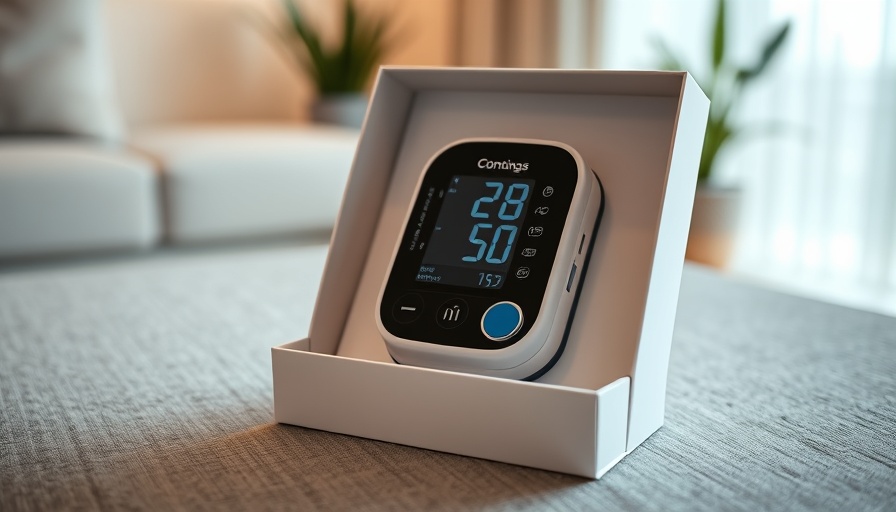
Building a Smart Home Backup System: Your Guide to Data Safety
In today's digital age, where information is crucial to our daily lives, establishing a reliable home data backup solution is not just smart—it's essential. Whether you're securing photos of family milestones or important work documents, ensuring that your data remains safe and recoverable is a priority that shouldn't be taken lightly.
Understanding the Stakes: Why You Need a Home Backup Solution
Data loss isn't just a minor inconvenience; it can be a devastating blow. Recent studies reveal that over 70% of home users have faced some form of data loss. The reasons range from accidental deletions—accounting for about 34% of losses—to hardware issues and catastrophic accidents that can occur unexpectedly. This reality speaks volumes about the need for a proactive approach to data management.
Backup Options: Your Safety Net
There are three primary types of home backup solutions: local, cloud, and hybrid setups. Understanding each option can help you select the right solution tailored to your needs.
Local Backup Solutions: Keeping It Close
Local backups are straightforward and depend on physical storage devices like external drives and NAS (Network Attached Storage) systems. An external USB drive is often sufficient for singles or families with modest storage needs. For more extensive data coverage, consider investing in a NAS, which creates a mini server for your network to house several drives and automate backups. This system can save you significant stress during data emergencies.
Cloud Backup Solutions: Going Beyond Your Home
Cloud backups introduce the benefit of off-site data protection. Options such as Backblaze or IDrive allow for automated backups that occur seamlessly, safeguarding your files against disasters like fire or theft. While solutions like Google Drive and Dropbox are excellent for storing files, they often fall short as complete backup solutions. Pair these with software like Duplicati for enhanced security and automation to create a comprehensive backup strategy.
Hybrid Backup: The Best of Both Worlds
A hybrid backup strategy combines local drives with cloud solutions for optimal security. This dual approach ensures quick access to files via local storage while maintaining an off-site copy, offering peace of mind and redundancy that single-method systems simply can't provide.
Actionable Steps to Set Up Your Backup System
Embarking on your home data backup journey doesn't have to be overwhelming. Follow these steps to create an effective, budget-friendly backup solution:
- Assess Your Needs: Determine how much data you need to back up and the best backup type (local, cloud, or hybrid) for your situation.
- Choose Your Solution: Invest in an external hard drive, or if larger needs exist, research NAS options.
- Set Up and Automate: Configure backup software to schedule regular backups, reducing the need for manual intervention.
- Test Your Backups: Ensure that your backups are functioning correctly and can be restored when necessary.
Future Proofing: Anticipating Technological Changes
As technology continues to evolve, the landscape of data backup solutions will also shift. Trends towards more integrated smart home technology and AI-driven data management solutions could redefine how we think about preservation and accessibility. Staying informed and adaptable will be key to maintaining effective backup systems in the future.
Conclusion: Take Action Today for a Safer Tomorrow
The security of your data rests in your hands. Don’t wait for a catastrophe; take the first steps towards setting up a solid data backup solution today. By investing a bit of time and resources, you can protect your digital life and ensure that your most important memories and documents are safe, secure, and recoverable.
 Add Row
Add Row  Add
Add 


Write A Comment